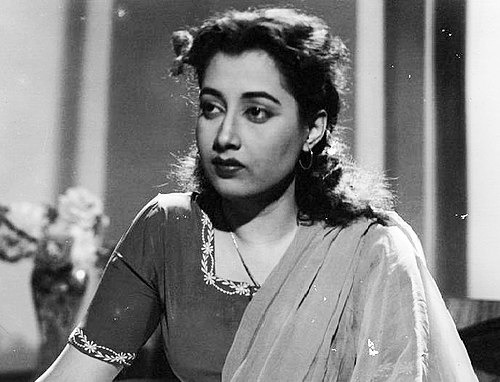Sumitra Devi’s Enduring Legacy: Remembering a Cinematic Pioneer
By Amit Kumar

Today marks the death anniversary of Sumitra Devi, whose contribution to Indian cinema,
particularly during the 1940s and 1950s, stands as a testament to her skill and grace. Born Nilima
Chattopadhyay on 22 July 1923 in Shiuri, Birbhum district, West Bengal, she became renowned for
her roles in both Hindi and Bengali films.
Sumitra Devi entered the film industry following an audition with New Theatres in 1943, landing her
debut opposite legend K.L. Saigal in “Meri Bahen” (1944). She gained significant acclaim for her
performance in the Bengali film “Sandhi” (1944), which garnered the Bengal Film Journalists’
Association Award for Best Actress in 1945. Her career flourished with celebrated roles in
“Vasiyatnama” (1945), “Bhai Dooj” (1947), “Oonch Neech” (1948), and “Vijay Yatra” (1948).
Her portrayal in “Mamta” (1952), directed by Dada Gunjal, remains one of her most memorable,
earning her widespread artistic respect. She continued to receive accolades for roles in “Deewana”
(1952), “Ghungroo” (1952), “Mayurpankh” (1954), “Chor Bazaar” (1954), “Raj Yogi Bharthari” (1954),
and “Jagte Raho” (1956).
In addition to her cinematic success, Sumitra Devi was admired for her luminous beauty and screen
presence, being hailed as one of the most beautiful women of her era by peers such as Pradeep
Kumar and Uttam Kumar. Notable later works include “Saheb Bibi Golam” (1956) and “Kinu Gowalar
Gali” (1964).
Sumitra Devi passed away on August 28, 1990. On her death anniversary, she is remembered not
only for her artistic achievements but also for her lasting impact on the film industry. Her legacy
endures in the annals of Indian cinema, inspiring generations of artists and audiences alike.
